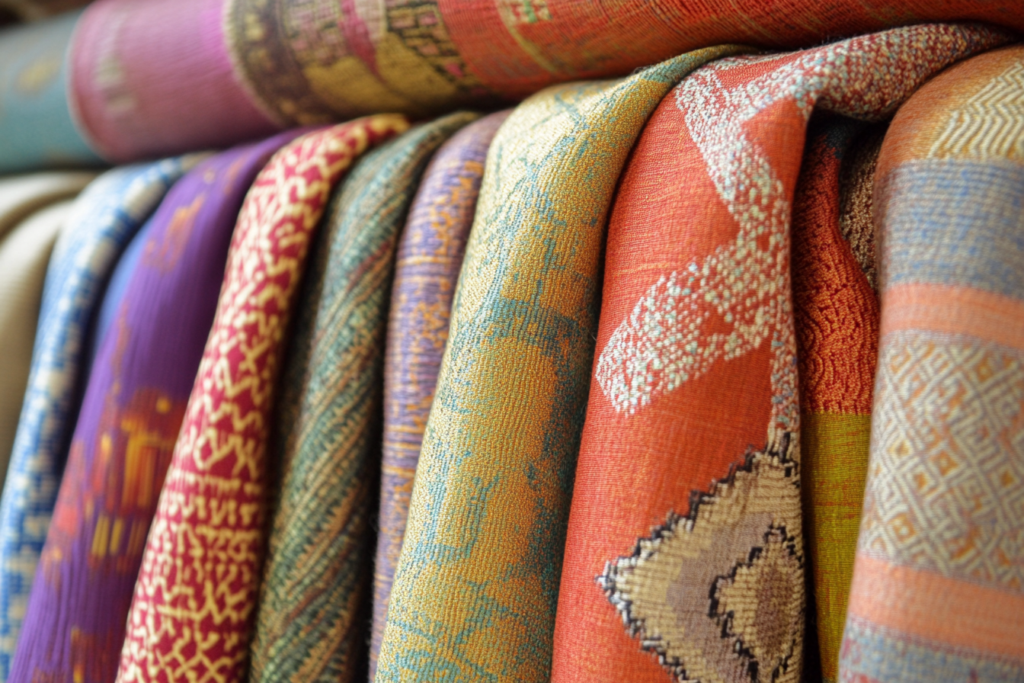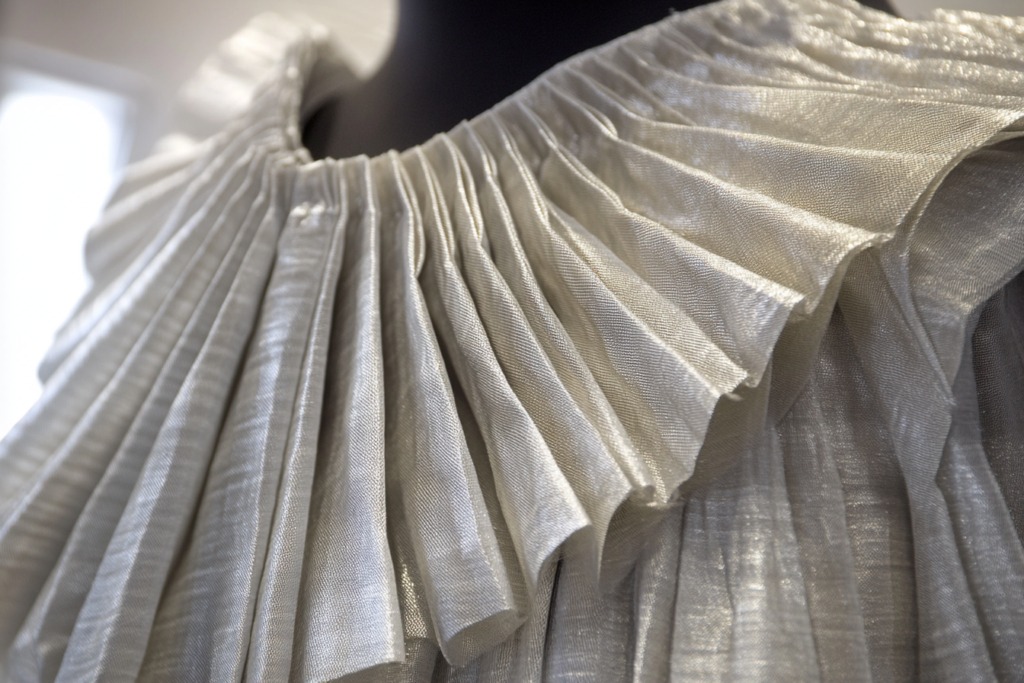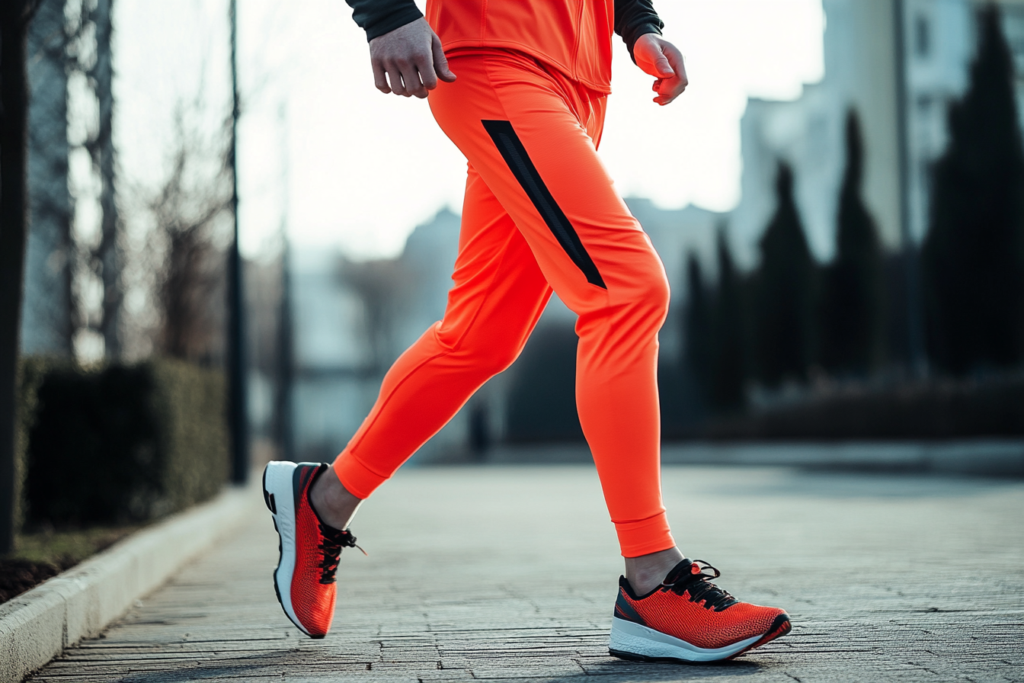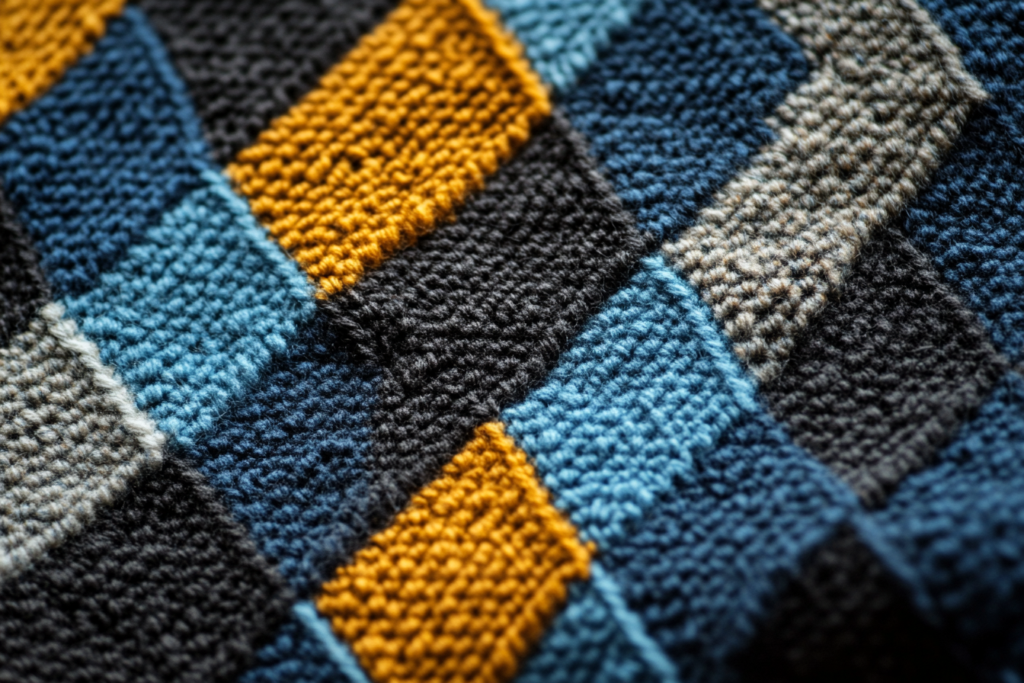Single Jacquard: The Art of Adding Color and Pattern to Fabric
Meta Description: Single jacquard is a weaving technique that adds color and patterns using multi-color yarns on a single-sided loom. Learn how this method compares to double-sided jacquard and its effects on fabric.
What is Single Jacquard?
Single jacquard is a weaving technique used to create intricate patterns and color combinations on fabric. This method involves multi-color yarns woven into a single row to form complex designs. The key feature of single jacquard is that it is woven using a single-sided loom, meaning that the design is created on the front of the fabric, while the back remains relatively plain, with floating threads if they are not used.
Single jacquard offers an affordable way to add color and pattern to textiles without the need for more complex machines like double-sided jacquard looms, which create designs on both sides of the fabric.
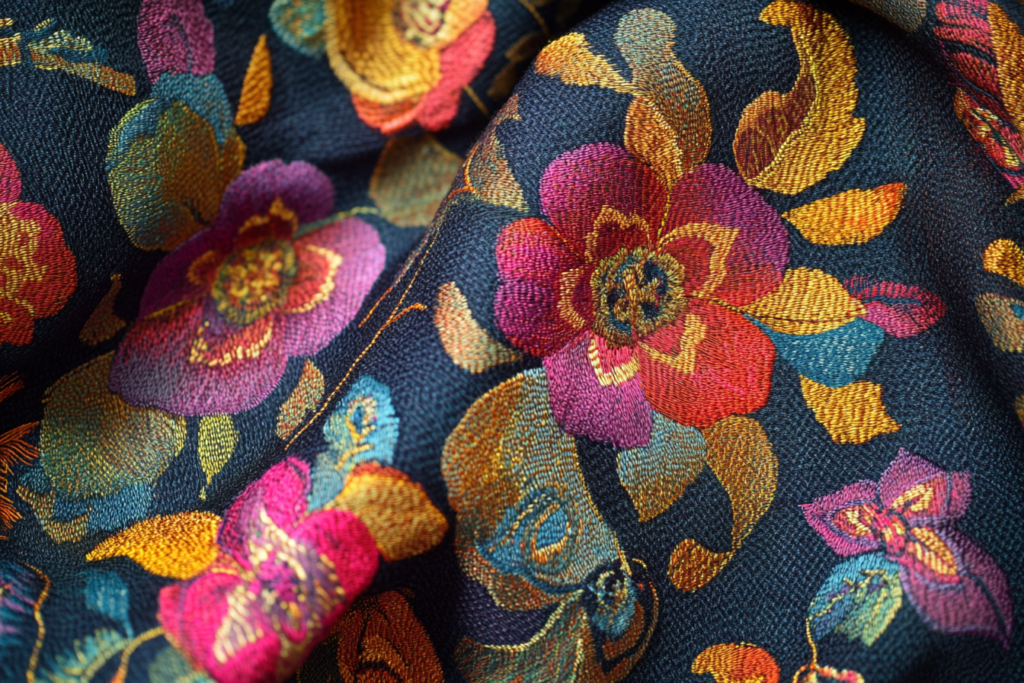
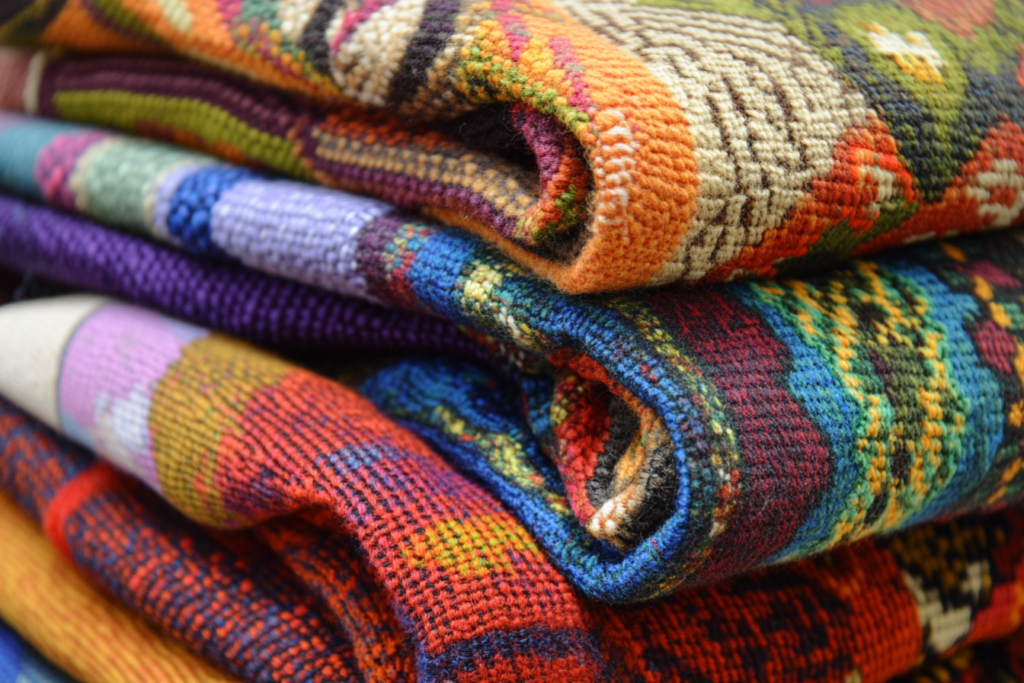
Key Features of Single Jacquard
✔ Single-Sided Weaving: The design is only visible on one side of the fabric.
✔ Multi-Color Yarn Use: Different colors of yarn are woven in the same row to form patterns.
✔ Floating Threads on the Back: Yarns not used on the back of the fabric float freely, unlike in double jacquard where the back is also patterned.
✔ Cost-Effective Method: Requires less complex machinery than double-sided jacquard, making it more affordable.
✔ Distinctive Patterns and Textures: Allows for the creation of detailed motifs and textures in fabrics.
How Single Jacquard Works
In a single jacquard weaving process, the fabric is woven with multi-color yarns arranged in a specific order on a single loom. The pattern is created through the controlled lifting and lowering of threads, which creates the intricate designs on the fabric’s surface.
Here’s how the process unfolds:
- Yarn Selection: Various colored yarns are selected and arranged in a specific order to create the desired pattern.
- Weaving Process: The yarns are woven into the fabric using a jacquard loom, where the design is programmed into the machine’s hooks and heddles.
- Pattern Creation: The machine raises and lowers the yarns to form the pattern. The color changes occur as the yarns are woven into the fabric.
- Floating Threads: If the yarn is not needed on the back of the fabric, it floats over the fabric until it is used again on the front.
Single Jacquard vs. Double-Sided Jacquard
| Feature | Single Jacquard | Double-Sided Jacquard |
|---|---|---|
| Number of Sides Used | Single side only | Both sides |
| Fabric Appearance | Pattern visible on one side, floating threads on the back | Pattern visible on both sides with no floating threads |
| Complexity | Less complex, affordable weaving method | More complex, more expensive weaving method |
| Fabric Texture | Lighter texture, back may be less detailed | Richer texture, more detailed patterns on both sides |
| Machine Type | Single-sided loom | Double-sided loom |
Advantages of Single Jacquard
1. Cost-Effective Production
- Single jacquard is a more affordable weaving technique compared to double-sided jacquard, as it requires less complicated machinery and fewer yarns.
2. Distinctive Patterns
- Despite being single-sided, the technique allows for intricate designs and color combinations that are visually appealing and versatile in fabric design.
3. Lighter Fabric Weight
- The use of a single-sided loom and fewer yarns results in a lighter, less bulky fabric compared to double jacquard, which can be advantageous for certain garment types and applications.
4. Simpler Back
- Since the back of the fabric remains plain (with floating threads), the fabric is easier to finish and does not require extra weaving on the back side, reducing production time.
Challenges of Single Jacquard
1. Visible Floating Threads
- The back of the fabric may feature floating threads if they are not part of the design. This can result in a less polished appearance on the reverse side, which may not be suitable for certain applications where the fabric’s reverse side is visible.
2. Limited Complexity
- While single jacquard can create detailed designs, it is limited compared to double-sided jacquard in terms of the complexity of patterns that can be woven.
3. Fabric Durability
- The floating threads on the back may be more prone to wear and tear, especially if the fabric is subjected to heavy use.
Applications of Single Jacquard
1. Fashion and Apparel
- Single jacquard is widely used in fashion for creating unique patterns on garments such as dresses, blouses, and skirts. The lightweight and intricate designs make it suitable for formal and evening wear.
2. Upholstery and Home Textiles
- It is also common in upholstery fabrics, where detailed patterns can be woven for furniture, curtains, and cushions.
3. Accessories and Linings
- Due to its versatility and cost-effectiveness, single jacquard fabrics are frequently used in accessories like scarves and handbags, as well as lining fabrics.
Illustration of Single Jacquard
Below is an illustration showing how single jacquard creates intricate patterns on one side of the fabric while leaving floating threads on the back.

Conclusion: The Beauty and Practicality of Single Jacquard
Single jacquard is a highly effective and cost-efficient method for adding color and intricate patterns to fabrics. By using multi-color yarns on a single-sided loom, this technique creates a range of visually appealing textiles for fashion, home decor, and accessories.
Although it has its limitations, such as floating threads on the back and a simpler overall design compared to double-sided jacquard, single jacquard remains a popular choice for affordable, detailed fabric production.
